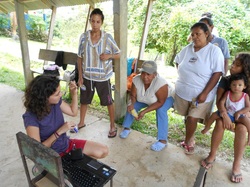Here are some more species that we have seen, both on land and at sea:
These sea snakes (Pelamis platura) are the most widely distributed of all the sea snake species. We very often see a few every day. They are known to be highly venomous, although their mouths are too small to bite a human.
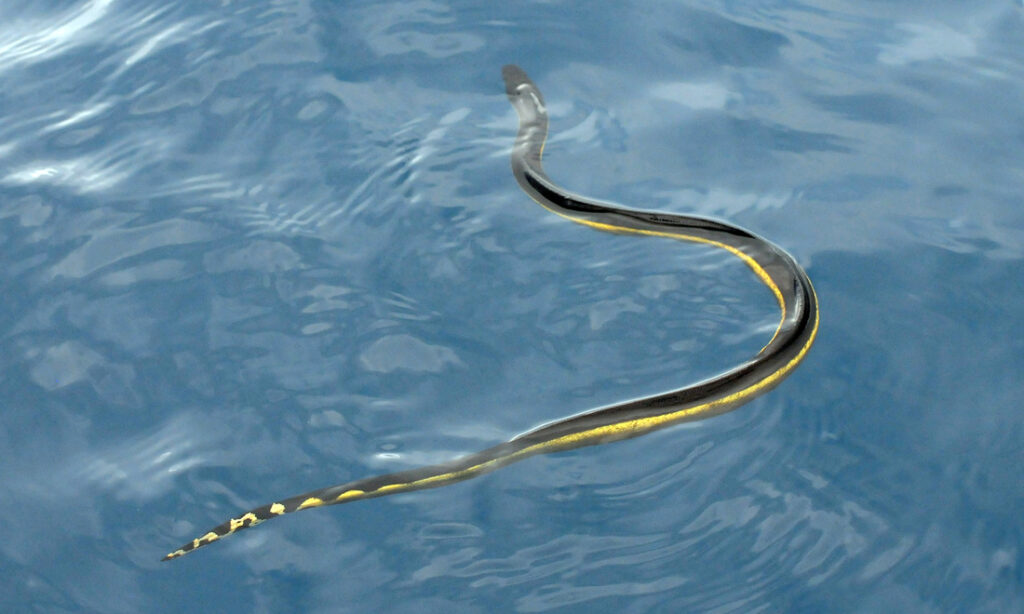
Here is a sailfish jumping right near two humpback whales.
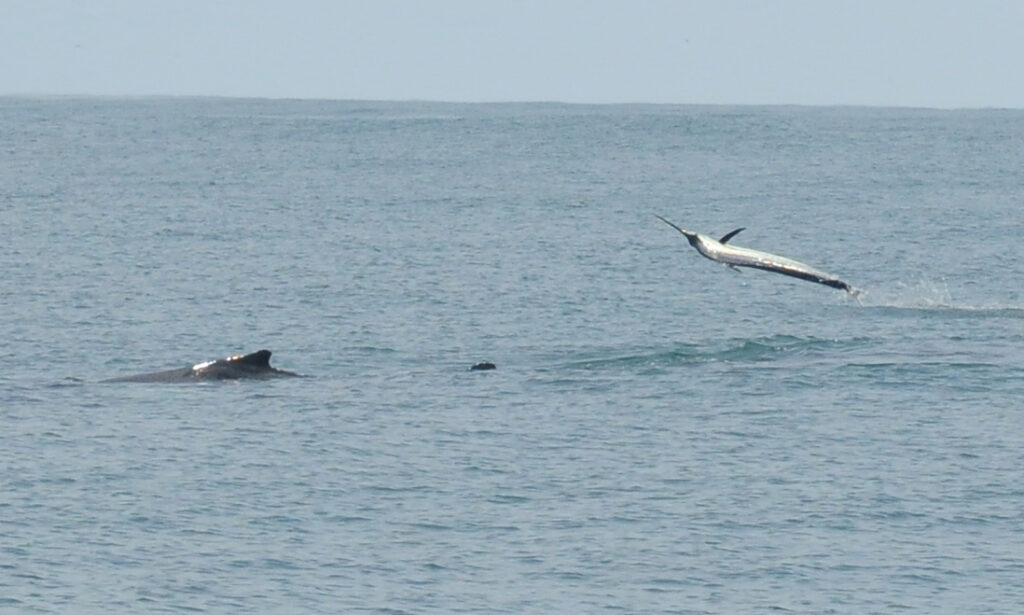
Here is a closer shot of that same sailfish...
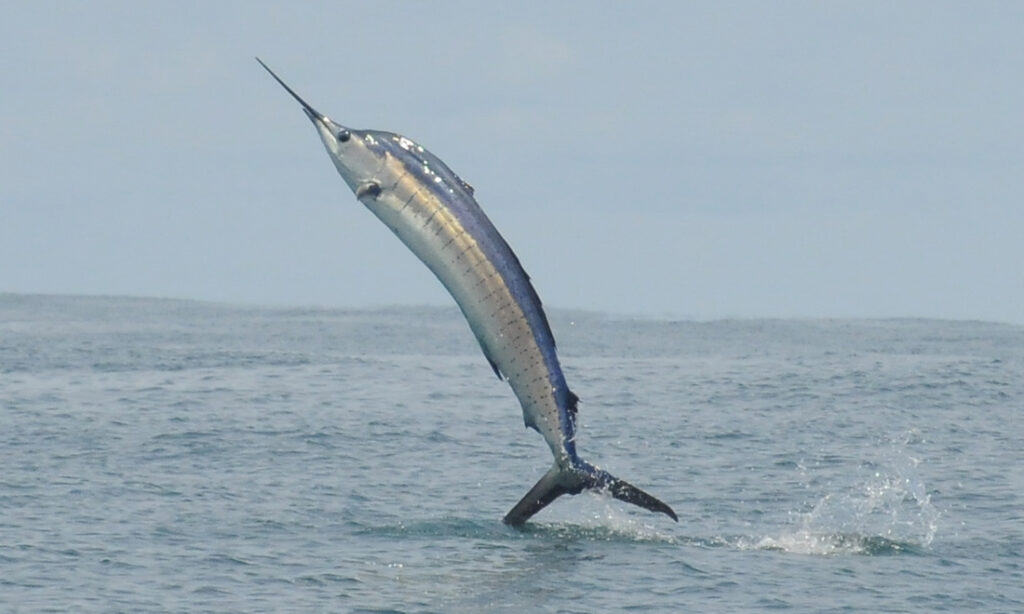
Here is one I was really excited about....this is a Hawksbill sea turtle (Eretmochelys imbricata). I have never seen one before and I was thrilled that it stayed at the surface for a while giving me a chance to take some photos. They are critically endangered and historically have been hunted for their beautiful shell.
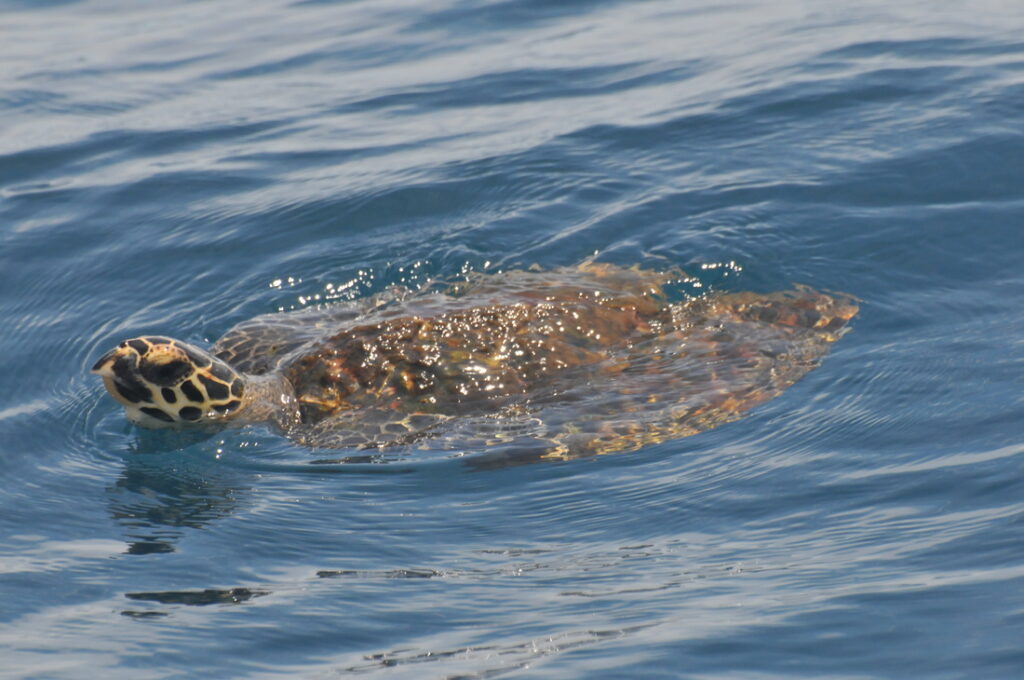
This juvenile common black hawk (Buteogallus anthracinusis) is often near the dock in the morning when we leave.

Here is the adult version of the same species.
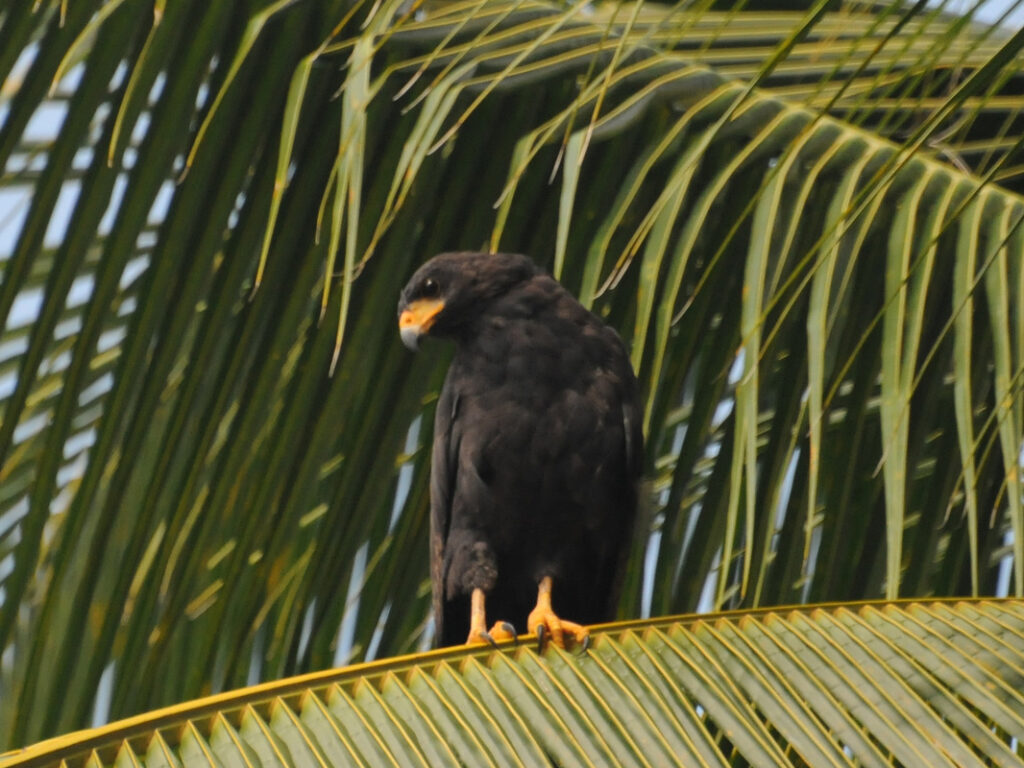
This boa was outside my bedroom window yesterday morning!


